Lomography has brought back the Fisheye Baby 110 Camera! This tiny camera is truly the definition of a “pocket” camera. Fun and foolproof, the Fisheye Baby 110 could charm even the most hardened of analogue hearts with its joyful 170° view, lovable light leaks, and characterful vignettes.
The analogue powerhouse that is Lomography is offering fisheye fans two design options for this comeback kid. Fisheye Baby 110 comes in either a sleek black and silver metallic look or a bright and colorful primary celebration called the Bauhaus edition. Both designs feature a 10mm fisheye lens, a fixed aperture of F8, shutter speeds of 1/100 (N) or bulb (B), a PC flash sync port, and the ability to create multiple exposures. No batteries are needed to operate the camera. There is no ISO control setting, no tripod mount, and no cable release option. It’s easy to operate which allows users to focus on finding fun subjects that are fisheye worthy!
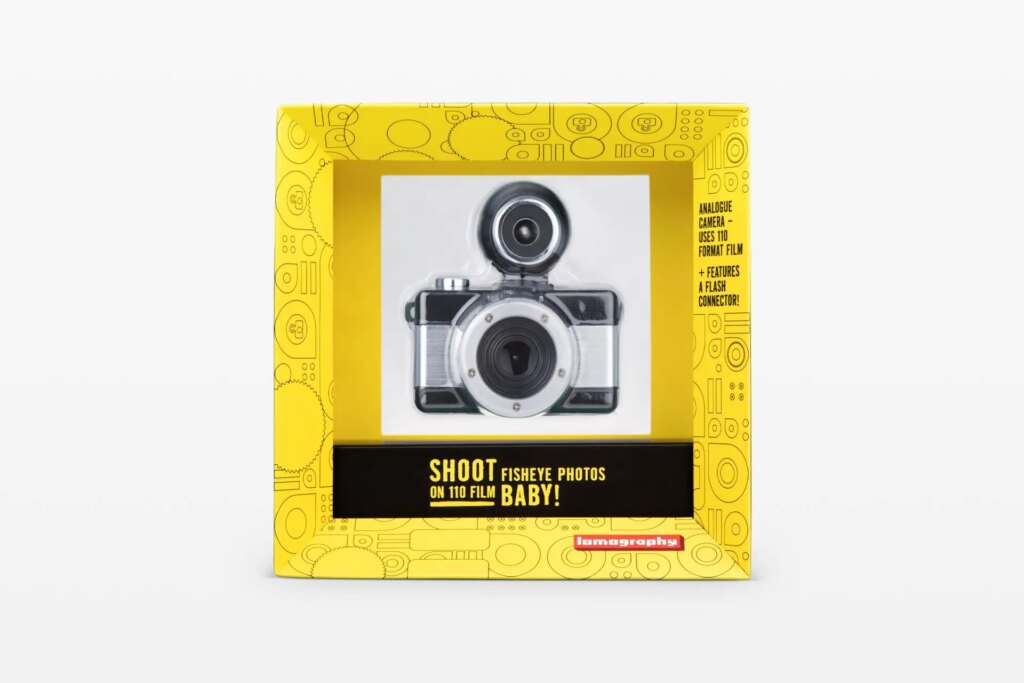
Curious about how the renewed interest in film has extended to the 110 format, I asked Hannah from the UK team about it from Lomography’s viewpoint. She said, ‘There is a new curiosity surrounding the 110 format that is part of the wider interest in film photography and the history behind it. It’s definitely a more fun and frivolous kind of film which appeals to people who like to experiment. There also seems to be a demand for reintroducing the obsolete, like bringing something from the past back to life and giving it a new context. There has definitely been a demand for 110 since we re-launched our own film range which is why we thought it would make perfect sense to bring back our 110 cameras as well.’
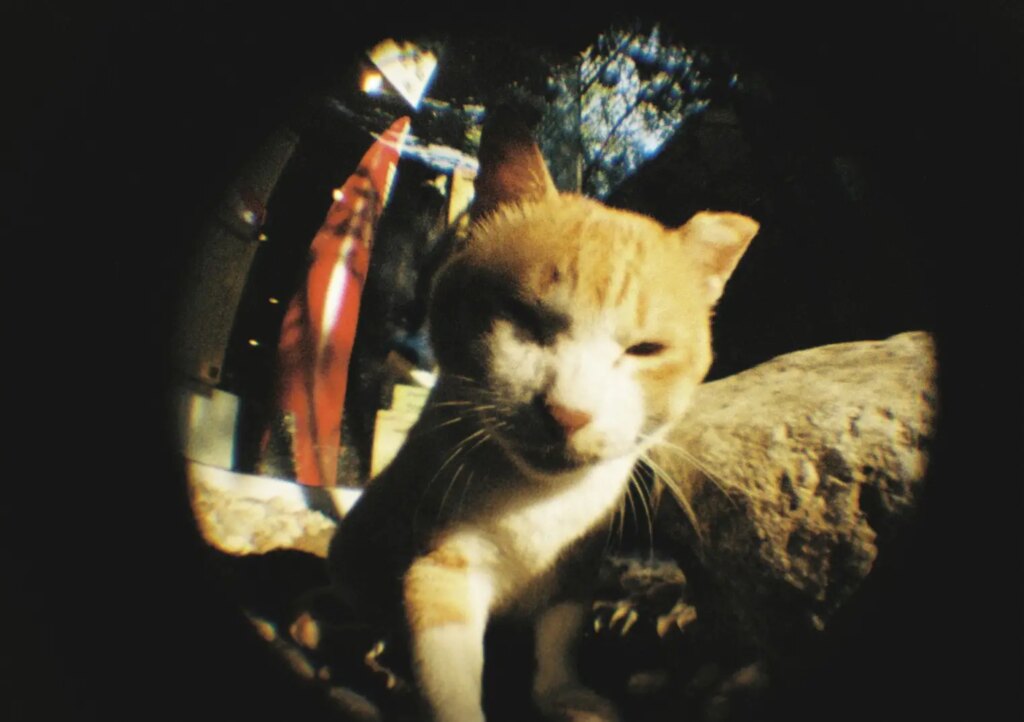
Currently, Lomography is the only company producing fresh 110 format film. The film never leaves the cartridge it’s packed within, so it’s easy to load and doesn’t require a rewind. Lomography says that because of this, photographers can even switch film partway through the roll. The seven available 110 films include: Orca (black and white ISO 100), Peacock (color slide ISO 200), Lobster (redscale ISO 200), Tiger (color ISO 200), Metropolis (LomoChrome color ISO 100-400), Purple (LomoChrome color ISO 100-400), and recently Turquoise (LomoChrome color ISO 100-400).
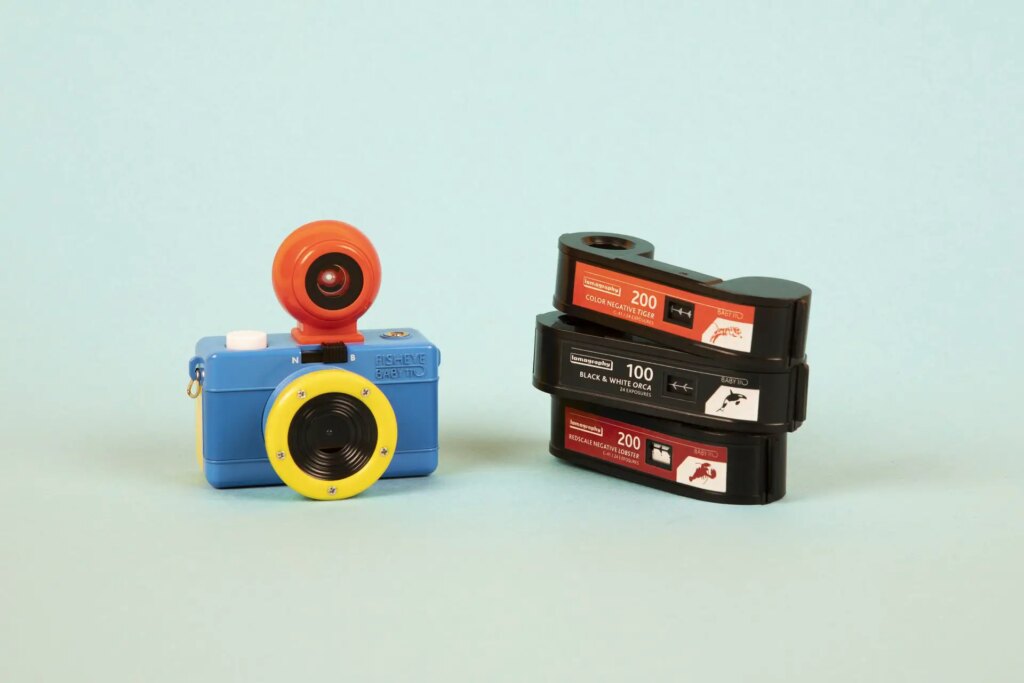
There are a number of articles on 35MMC where you can see samples and reviews of 110 cameras and films. You can additionally browse through Lomography’s Fisheye or general 110 galleries on their website, contributed to by analogue shooters across the world finding fun with the 10mm views and pocket films.
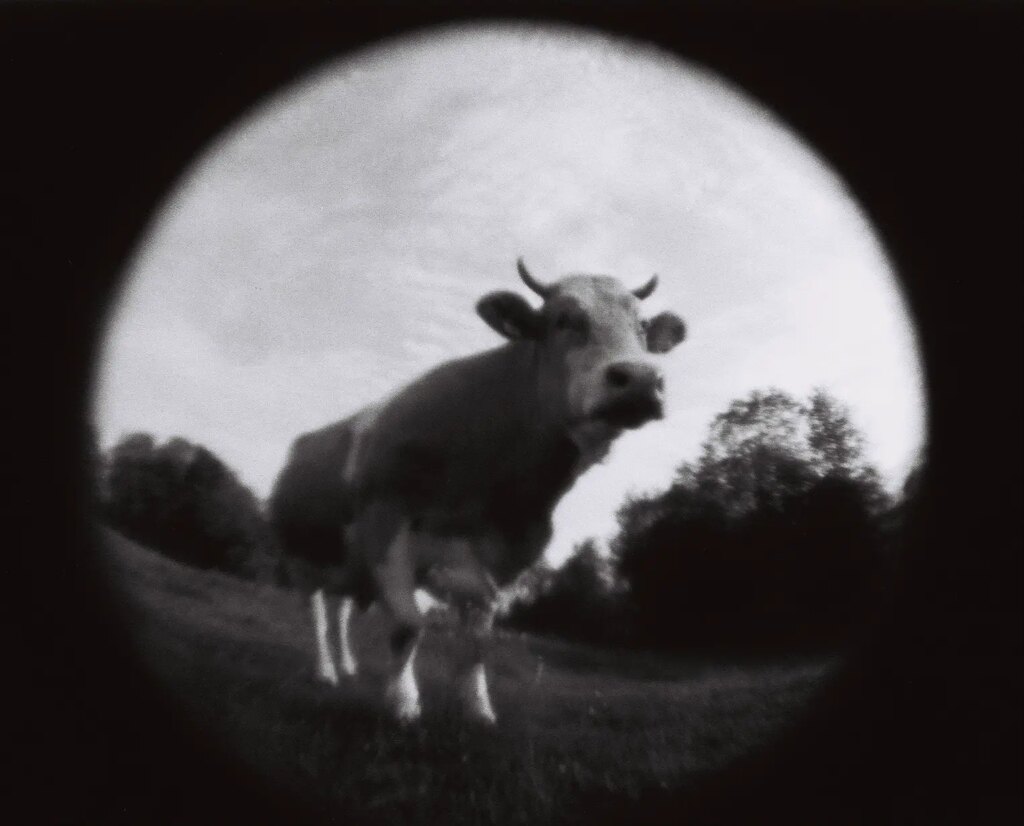
Equal parts joy and charm, the Fisheye Baby 110 camera is also relatively affordable in the market of new film cameras. Both the Metal and Bauhaus editions are priced at £34.90 in Lomography’s store. In the case that Fisheye isn’t your thing, Lomography also makes the Diana Baby 110 which features a native 24mm lens so you can still join in on the 110 fun.
All 110 Lomography cameras and film can be found on their online store here or on their dedicated Baby 110 site here. Both websites are full of more information, samples, reviews, and adventure stories to consume and inspire you onto your first or next fisheye adventure.
Share this post:
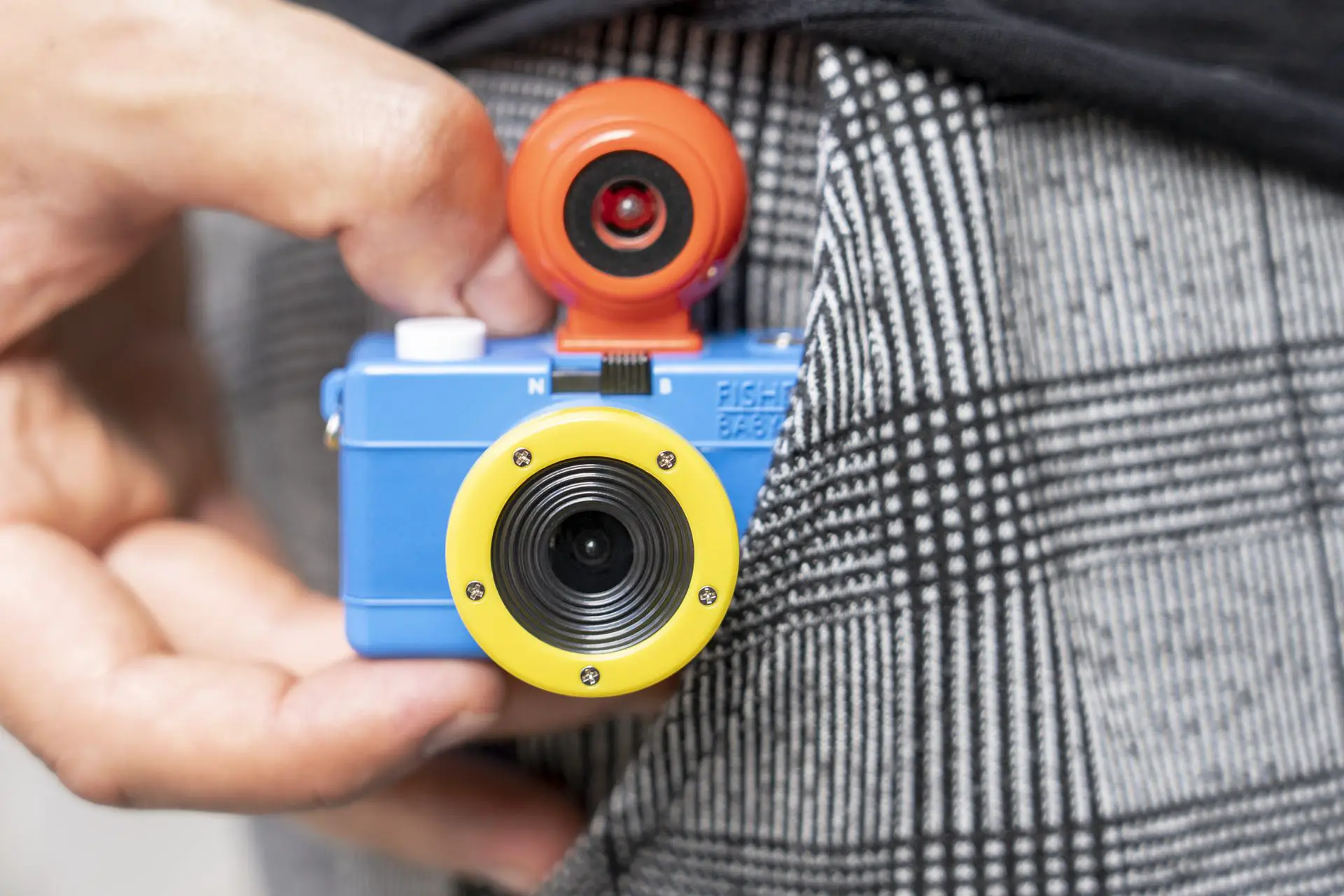








Comments
No comments found